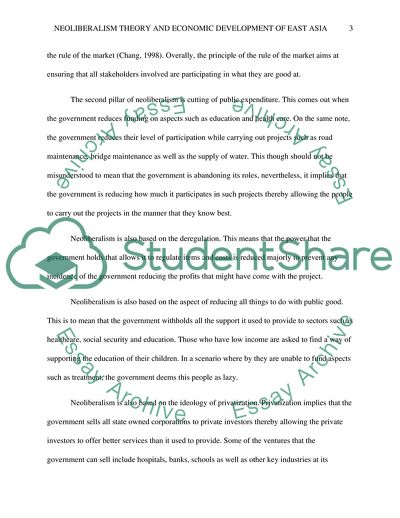Cite this document
(Neo-liberalism theory and economic development of east Asia Essay, n.d.)
Neo-liberalism theory and economic development of east Asia Essay. https://studentshare.org/macro-microeconomics/1817325-neo-liberalism-theory-and-economic-development-of-east-asia
Neo-liberalism theory and economic development of east Asia Essay. https://studentshare.org/macro-microeconomics/1817325-neo-liberalism-theory-and-economic-development-of-east-asia
(Neo-Liberalism Theory and Economic Development of East Asia Essay)
Neo-Liberalism Theory and Economic Development of East Asia Essay. https://studentshare.org/macro-microeconomics/1817325-neo-liberalism-theory-and-economic-development-of-east-asia.
Neo-Liberalism Theory and Economic Development of East Asia Essay. https://studentshare.org/macro-microeconomics/1817325-neo-liberalism-theory-and-economic-development-of-east-asia.
“Neo-Liberalism Theory and Economic Development of East Asia Essay”. https://studentshare.org/macro-microeconomics/1817325-neo-liberalism-theory-and-economic-development-of-east-asia.


